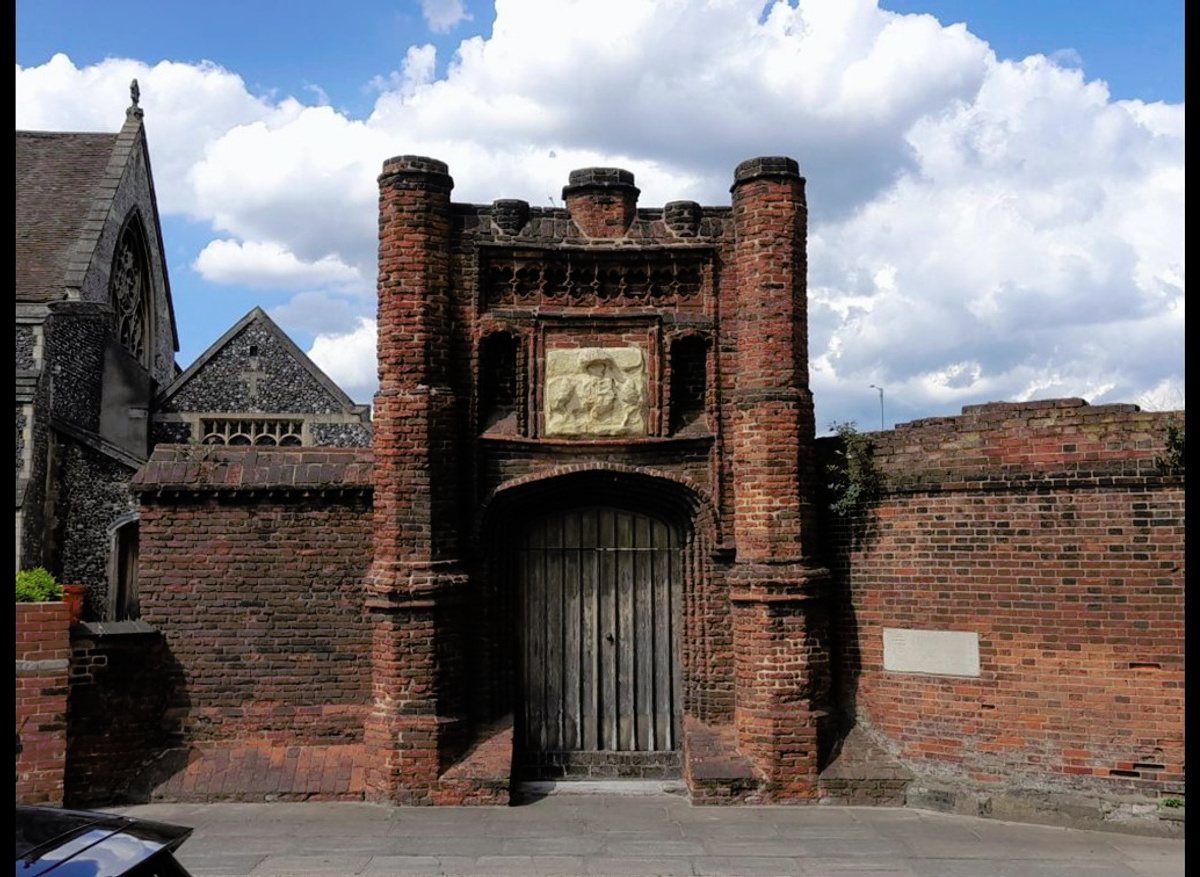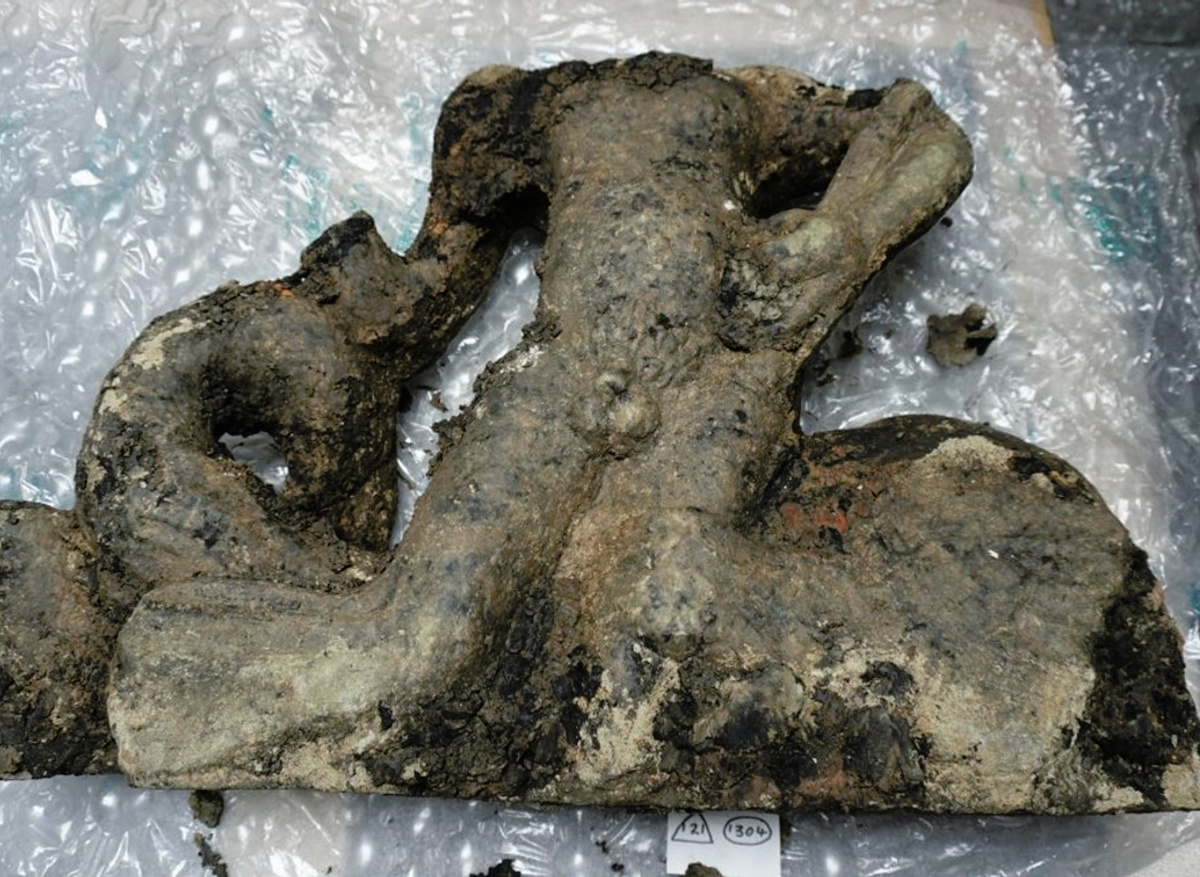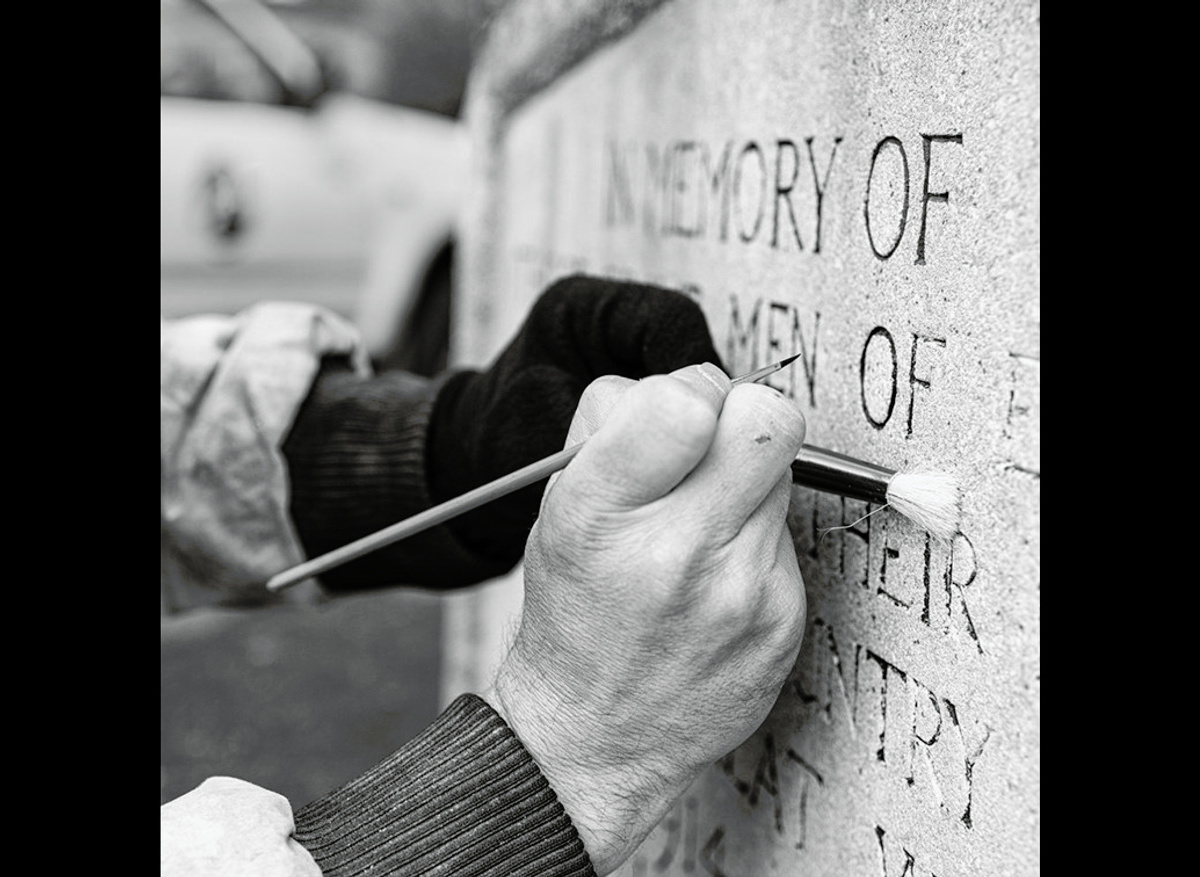With over 35 years’ experience working with stone and historic fabric, David Adamson ACR brings a wealth of expertise to every conservation project. From initial condition surveys and assessments to the full execution of conservation treatments and final reporting, David offers a comprehensive and meticulous approach.
David began his career as an apprentice stonemason in 1987, achieving his City & Guilds Advanced Stonemasonry qualification in 1990. In 1993, he undertook the postgraduate diploma in Architectural Conservation of Stone at Bournemouth University, further developing his specialist knowledge.
Following his training, David gained extensive experience working with several leading conservation workshops before establishing Adamson Conservation Ltd.
David is always happy to discuss prospective projects or respond to any queries related to stone conservation. Adamson Conservation looks forward to hearing from you.
Stone Conservation
Specialist in the conservation of historic and decorative stonework, including carving, cleaning, and structural consolidation.
Sculpture and Monuments
Expertise in conserving both architectural and free-standing sculptures, with a focus on surface detail and material integrity.
Project Management
Experienced in leading conservation projects from start to finish, ensuring coordination between stakeholders and delivery to high standards.
Consultancy and Advice
Provides expert guidance to architects, heritage organisations, and private clients on conservation strategy, methods, and materials.
Training and Mentorship
Offers mentoring and hands-on training for emerging conservators, as well as public education on stone conservation.



